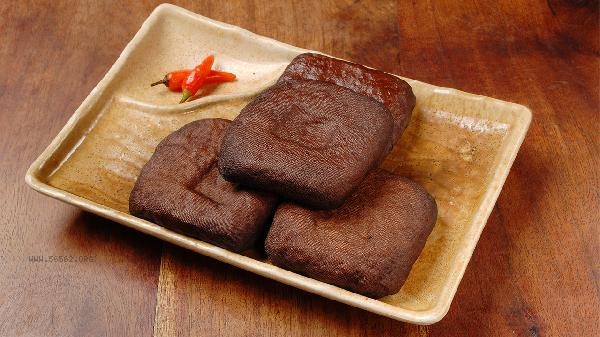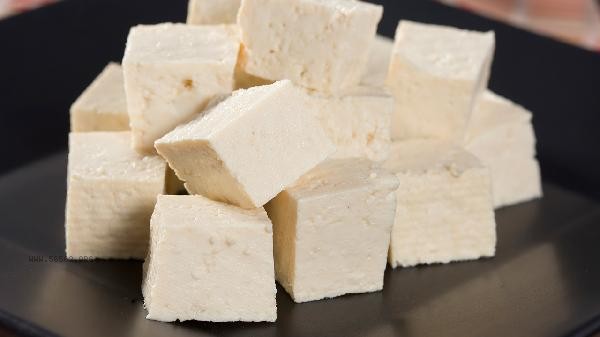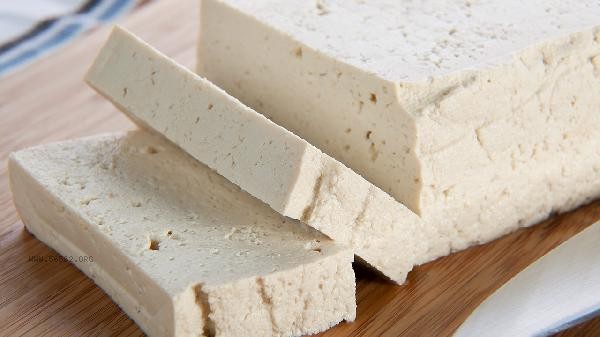It is more suitable to use cold water for tofu, as hot water may cause the tofu surface to harden or break. Soaking in cold water helps maintain the tender and smooth texture of tofu while removing the bean like odor. The main purpose of soaking tofu in water is to remove the bean odor and maintain its texture. Soaking tofu in cold water allows it to slowly absorb moisture, avoiding structural damage caused by excessive temperature differences. It is recommended to control the soaking time in cold water for about 10 minutes, during which gently stir to help impurities precipitate. If further sterilization is required, it can be briefly blanched in hot water after soaking, but the water temperature should be controlled not to exceed 80 degrees to avoid excessive protein coagulation.

Hot water treated tofu is suitable for specific cooking needs, such as dishes that require quick shaping or a tight outer layer. High temperature can cause the surface proteins of tofu to rapidly denature and form a protective layer, but the internal moisture is easily lost, leading to a deterioration in taste. The hot water treatment time should not exceed 30 seconds, and it should be combined with auxiliary materials such as salt or vinegar to enhance toughness. After processing, it is necessary to immediately rinse with cold water to prevent the residual temperature from continuing to heat up.

It is recommended to prioritize cold water treatment for tofu in daily cooking, which can maintain nutrition and be easy to operate. Processed tofu can be used for cold mixing, stewing, or stir frying. It is important to avoid prolonged co cooking with acidic ingredients to avoid affecting digestion and absorption. When adjusting the water temperature for special dishes, the appropriate method should be selected according to the type of tofu. For tender tofu, low temperature is recommended, while for old tofu, the water temperature can be increased appropriately.






Comments (0)
Leave a Comment
No comments yet
Be the first to share your thoughts!